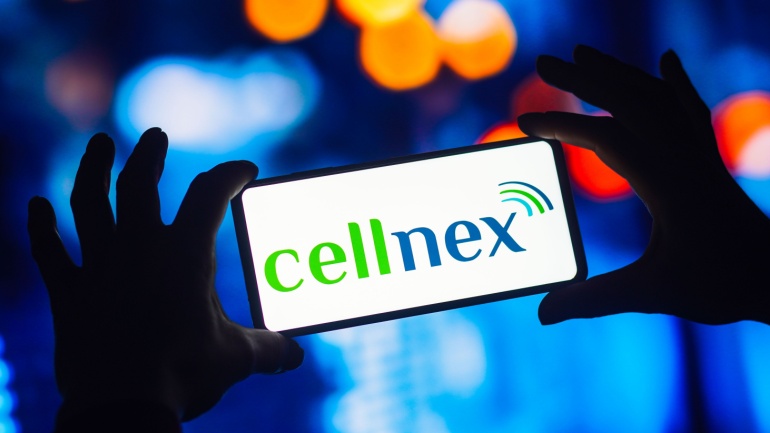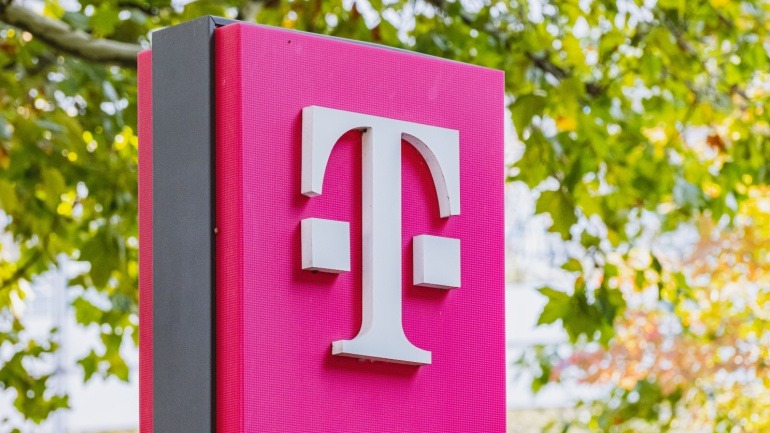Cellnex is close to finalizing the sale of its Austrian business, as indicated in its recent first-half results presentation. The European towers operator has received multiple offers and is in advanced negotiations, which could result in an earlier than expected distribution to shareholders.
The company’s share price saw a positive reaction, likely driven by the prospect of the sale and solid financial performance. Despite a significant net loss of €418 million, attributed to an impairment related to the Austrian sale and costs from previous investments, the market remained optimistic. This compares to a net loss of €196 million in the same period last year.
While specifics about the sale are scarce, Cellnex confirmed it is in the final stages of negotiation and expects to close the deal in the latter half of this year. Potential buyers include major players like Saudi Telecom Company (STC) and its shareholder PIF, with a possible bid exceeding €800 million. Other interested parties reportedly include Vauban Infrastructure Partners, Igneo Infrastructure Partners, EQT, Phoenix Tower International, GD Towers, Digital Bridge, and Brookfield.
This move follows Cellnex’s strategy to sell non-core assets, including the sale of Cellnex Ireland for €971 million in March. These divestments are part of a broader shift towards focusing on growth markets, organic expansion, and debt reduction, which helped Cellnex secure an investment-grade rating from S&P in March.
The company’s first-half performance showcased this strategic shift. Net debt decreased from €20.1 billion to €17.5 billion over six months. Revenues increased by 7% year-on-year to €1.9 billion, and EBITDAaL rose by over 8% to €1.1 billion. Additionally, free cash flow turned positive, reaching €49 million compared to a negative €130 million the previous year.
Operationally, Cellnex reported a 9.3% organic growth in Points of Presence (PoPs), driven by new colocations and build-to-suit programs in key markets like Italy, Portugal, France, and Poland. This marks a significant transformation from its earlier strategy of aggressive acquisitions to a more measured approach focused on organic growth.







